Ah, yes. Midterm week. This week we explored themes such as Abstraction, Figure, and Portrait. We read chapters in Painting Today on the Photographic, Pure Abstraction, Ambiguous Abstraction, and Post-Feminism. We also explored the Shultz-Sillman interview, and investigated portraiture through Tj Clark’s podcast on Rembrandt. I found the photographic chapter to be enlightening when thinking about the topic of painting from a photo, especially in this day and age of modern technology. When I first developed my interest for art, I often used photographs as a guide. Concepts such as distancing content through different mediums or using a photograph as content instead of a tool to depict something else will help me use photographs for artistic purposes in a much more potent and meaningful way. I also was very interested in both of the abstraction chapters, partially because I’ve never really understood abstraction. After engaging in seminar and discussing with my peers, I not only feel that I have a better grasp on what and why abstract is, but how I can use it as a tool to help direct the questions and ideas I’m trying to convey in my own work to an audience.
We developed two copies of figurative/portrait work this week, and had a large amount of pieces to choose from. I chose to do my copies on Jenny Saville’s Reverse, the first one being a formal copy, the second being a creative, abstract version of the first. Jenny Saville was the artist I chose to do research on last week, and I’m glad I had a little extra familiarity with the artist before beginning these paintings. We also started a portrait on Thursday afternoon that is due on Wednesday of next week. I was unable to be there for that workshop, but have made efforts to reach out to my fellow studio mates to find all the necessary information needed to complete this portrait by Wednesday. Something that I feel is worth noting is that after finishing both of these pieces, I became more partial to my creative copy than to the original, although the original copy probably took me about 3 times longer than the creative one. Is this because I felt more comfortable with the content the second time around? Was it because I wasn’t as focused on perfection and more focused on content? These are the questions I’m still trying to figure out.
5 Terms:
Pathos- An emotional appeal in an argument, discussion, or conversation
Expressionism- A style of painting in which the artist or writer seeks to express emotional experience rather that impressions of the external world.
Distance- In an artistic context: 1. The space between on object to the next physically in a composition 2. Metaphorical distance that is created by using tools such as photography, video, or other mediums to put content into a different perspective or context.
Gestalt- An organized whole that is perceived as more than a sum of its parts
Geometry- In terms of early abstract philosophy, the lineaments of a better, more ideal world. Means for creating and foreseeing a utopia of sorts.
5 Skills-
A greater understanding of Abstract painting (not fully formed, but better than before)
Use of photography as content and tools for pulling/putting things into different context
Continued work of text annotation/ seminar discussion
Painting on alternative materials such as glass or wood panels
Understanding why something was made in relation to how it was made
I feel that theory and practice blended content better than any other week this week. My own practice on these two copies echoed the concept of working on content instead of process, and previous research on Seville fueled the question, “why am I doing this?” The concept that had the most important impact on me this week was during the Thursday morning seminar, when we were discussing abstraction and why it was important. The concept of what makes art genuine, and how valuable the thought put into a piece is has been stuck on my mind for the last few days, especially after experiencing the difference in quality my “creative” copy and my “formal” copy had. I feel like because I put a lot more effort into what I was trying to say in my creative copy, it turned out more genuine and real than that of my formal, which was basically just an exercise in mimicry.
For next week and in the weeks to come, I hope to focus on a few different things. Firstly, I want to be conscious about why I’m making the work I make, becoming less interested in how well it is going to turn out. Secondly, I want to try and become more objective and less self concerned when critiquing, discussing, and interpreting others. In other words, discussing wider topics, broader experience, less personal examples or opinions.
- Formal Copy of Jenny Saville’s “Reverse” Oil on Glass Panel
- Creative copy of Jenny Saville’s “Reverse” Oil on Wood Panel
- Image from the formal copy of figure section during Wednesday’s critique
- Image from the formal copy of figure section during Wednesday’s critique
- Image from the creative copy of figure section during Wednesday’s critique
- Image from the creative copy of figure section during Wednesday’s critique
- Example of sketches done during Monday workshop: Painting the Figure, graphite on newsprint
- Blind contour work during Monday’s workshop: Painting the Figure, charcoal on white paper


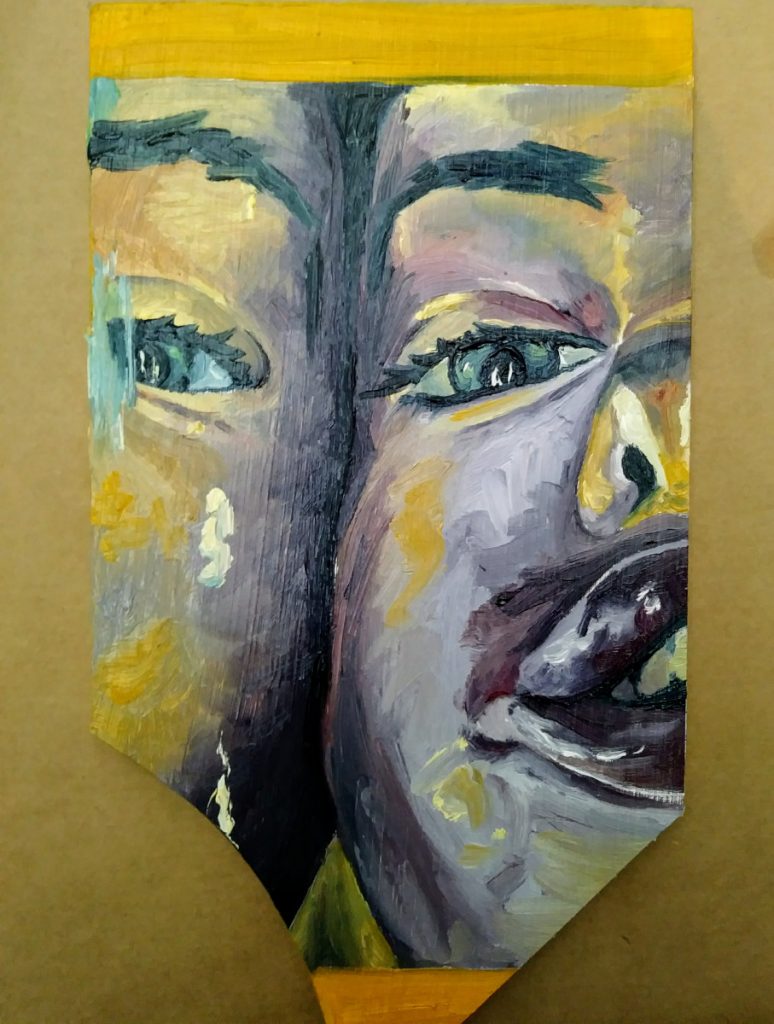
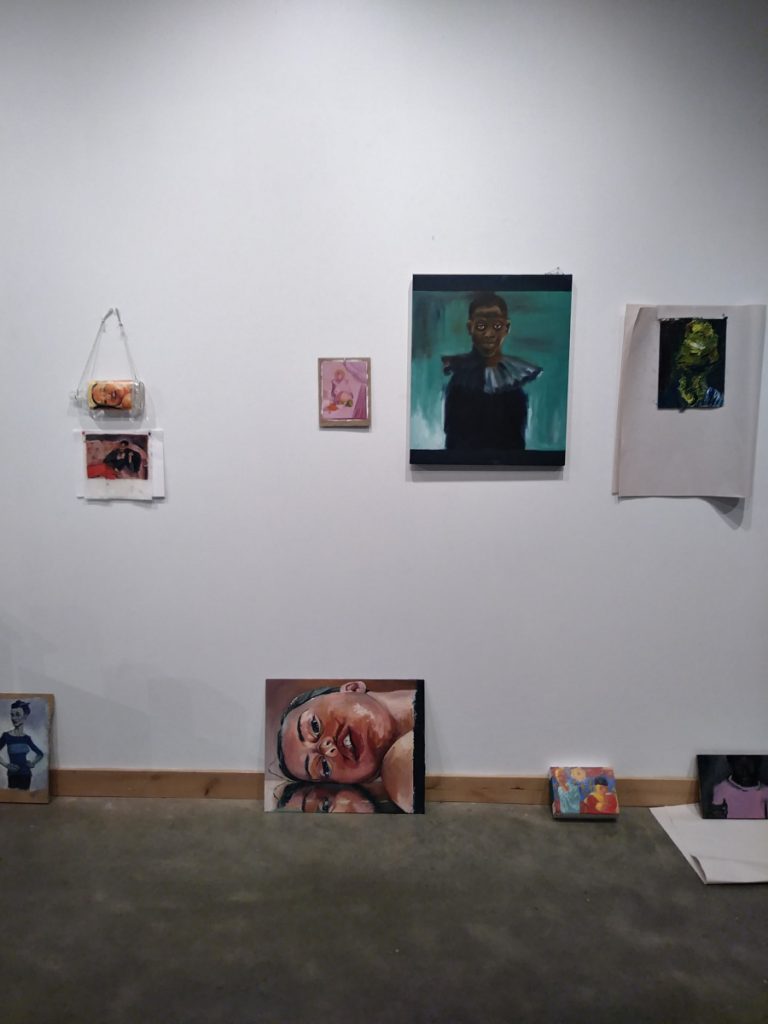

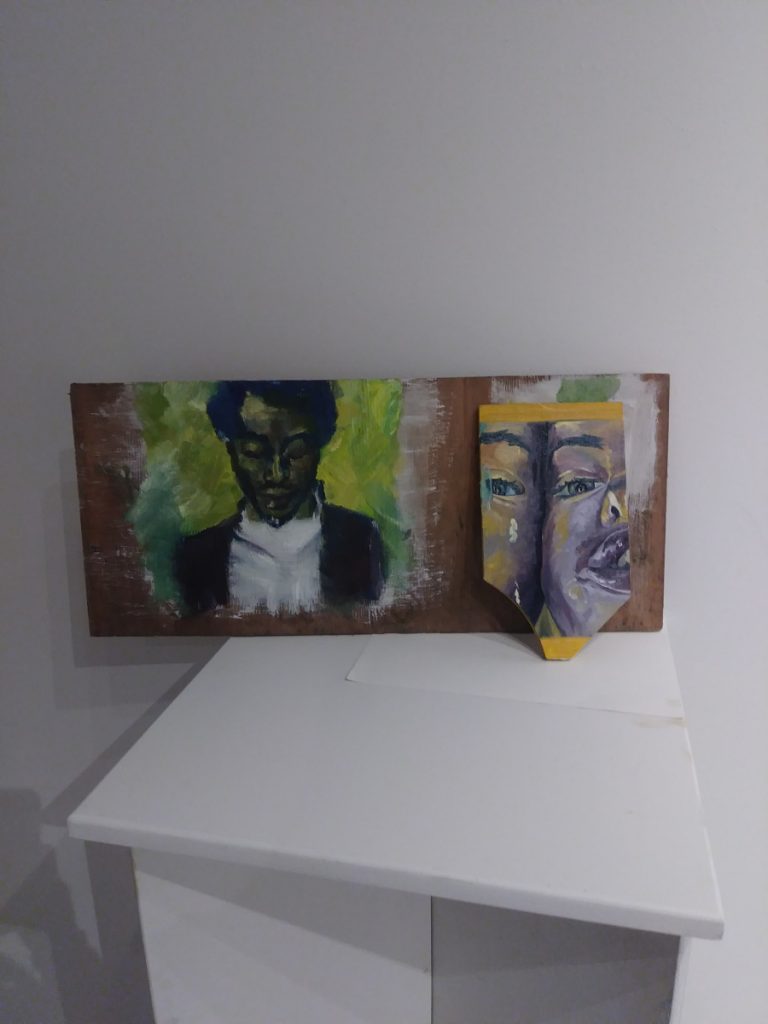

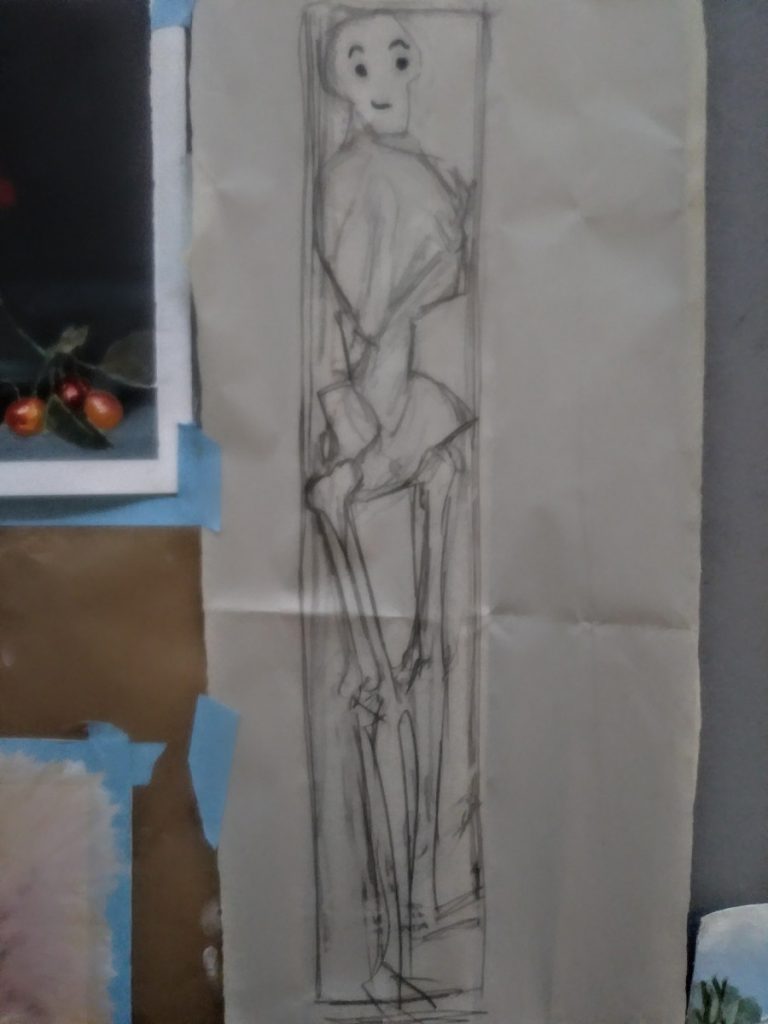
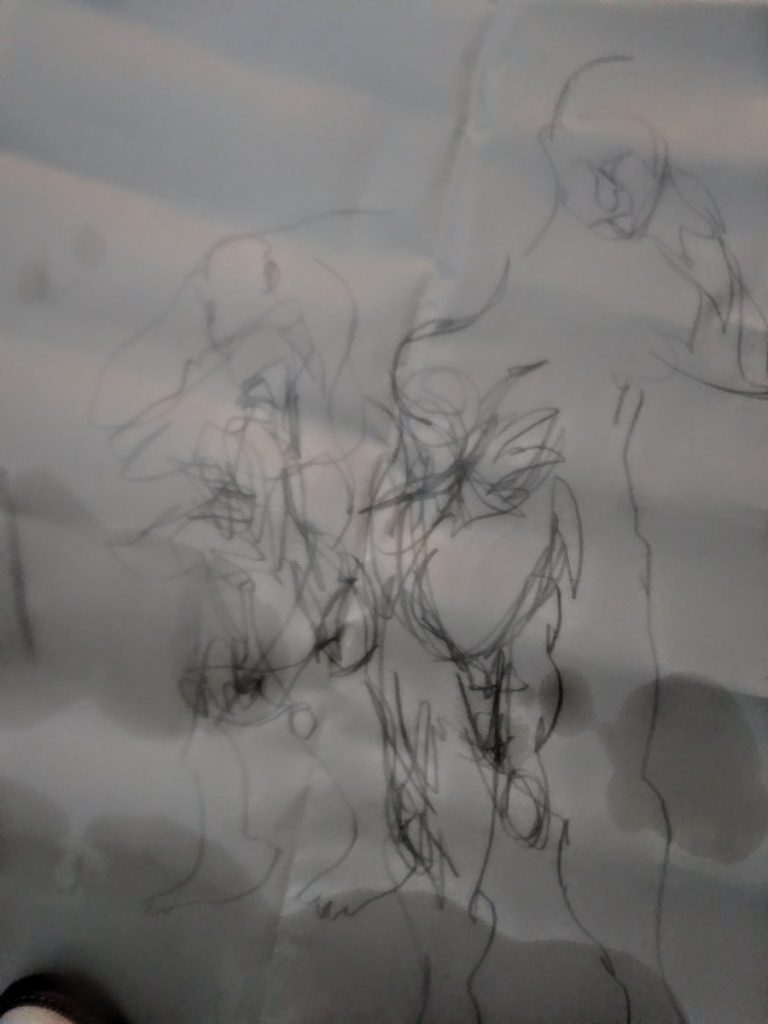
Leave a Reply